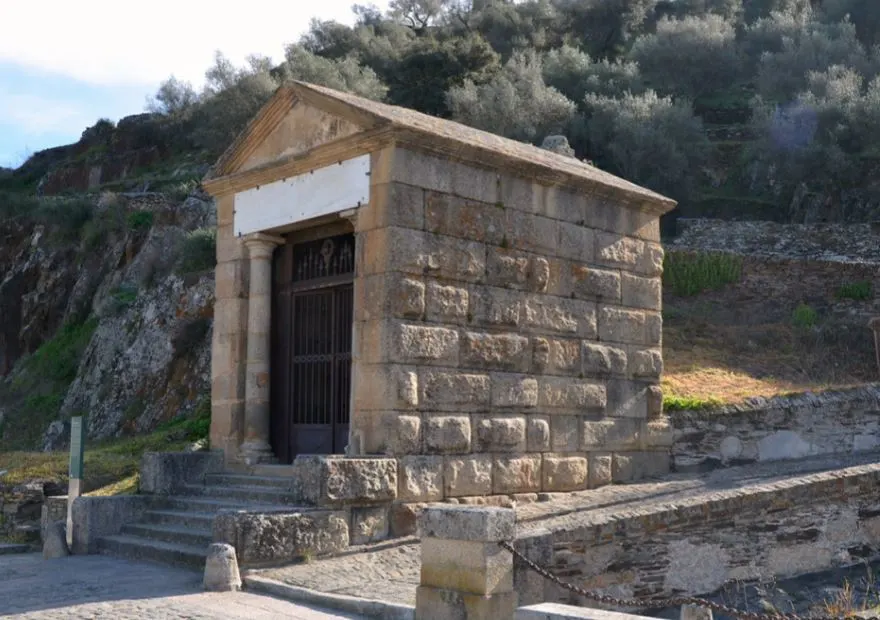Civilizations come and go, that’s human history in a nutshell. What’s fascinating is that many left behind amazing architectural treasures.
Arguably the most important civilization in history was the Roman Empire. They shaped modern-day life in just about every corner of the planet.
When you travel across Europe, North Africa, or the Middle East, you can discover several monumental structures that emphasize how advanced they really were.
Roman Temples, Amphitheaters, and Bathhouses (to name just a few) are all amazing, but something that really fascinates me is ancient Roman bridges.
In this article, you’ll discover some of the most interesting facts about the Alcántara Bridge, a bridge in Spain with a remarkable history.
1. It’s located in a small town in the utmost western part of Spain
The Alcántara Bridge is located in a small town with the same name in the Extremadura region of Spain. This is in the utmost western part of the country.
It spans the Tagus River just west of the town and is situated less than 10 kilometers (6.21 miles) from the Portuguese border.
This is a pretty rural area without any major cities in its vicinity. The city of Cáceres is located about 50 kilometers (31 miles) to the southeast and apart from some small villages, that’s about it.

2. It was constructed in just 2 years in the early 2nd Century A.D.
The bridge is situated in a hilly landscape which makes the achievement of constructing this bridge without any modern equipment all the more impressive.

It was constructed between 104 and 106 A.D. after Roman Emperor Trajan commissioned it in 98 A.D. This was the year that marked the start of his successful reign.
Trajan was one of the best Roman emperors in history as he both expanded the Roman Empire and greatly improved the empire’s infrastructure.
These two things usually went hand in hand as they plundered the land they conquered and imposed taxes on the local population and businesses.
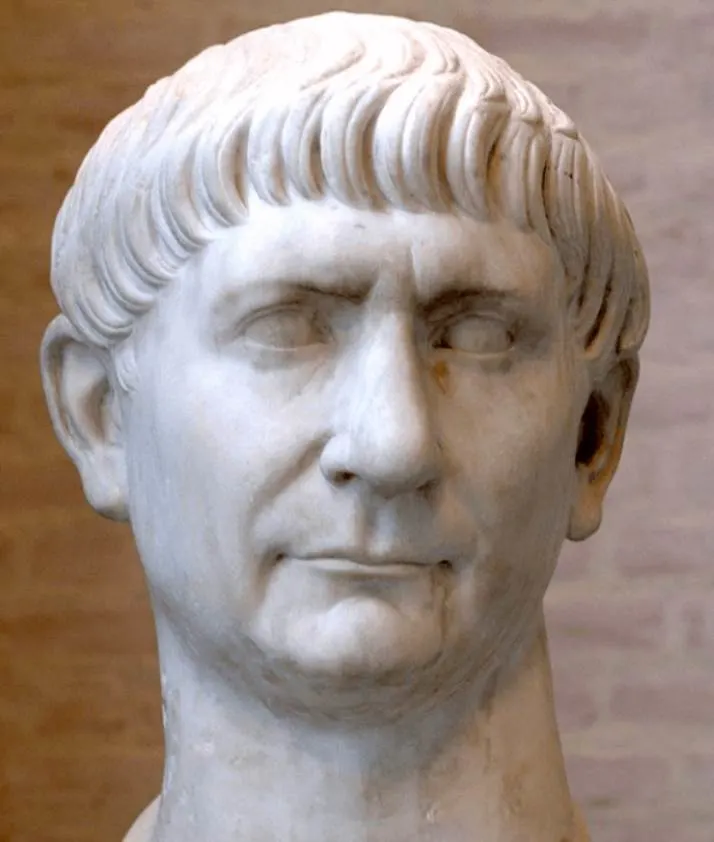
3. The bridge’s name was derived from the Arabic word of one of its main features
The Alcántara Bridge is also known as “Trajan’s Bridge at Alcántara” and this name was derived from an Arabic word that was used to describe this structure.
This word was “al-Qantarah” and translates to “The Arch.” As you surely expected, this name was derived from the arches that were used to construct this famous bridge.
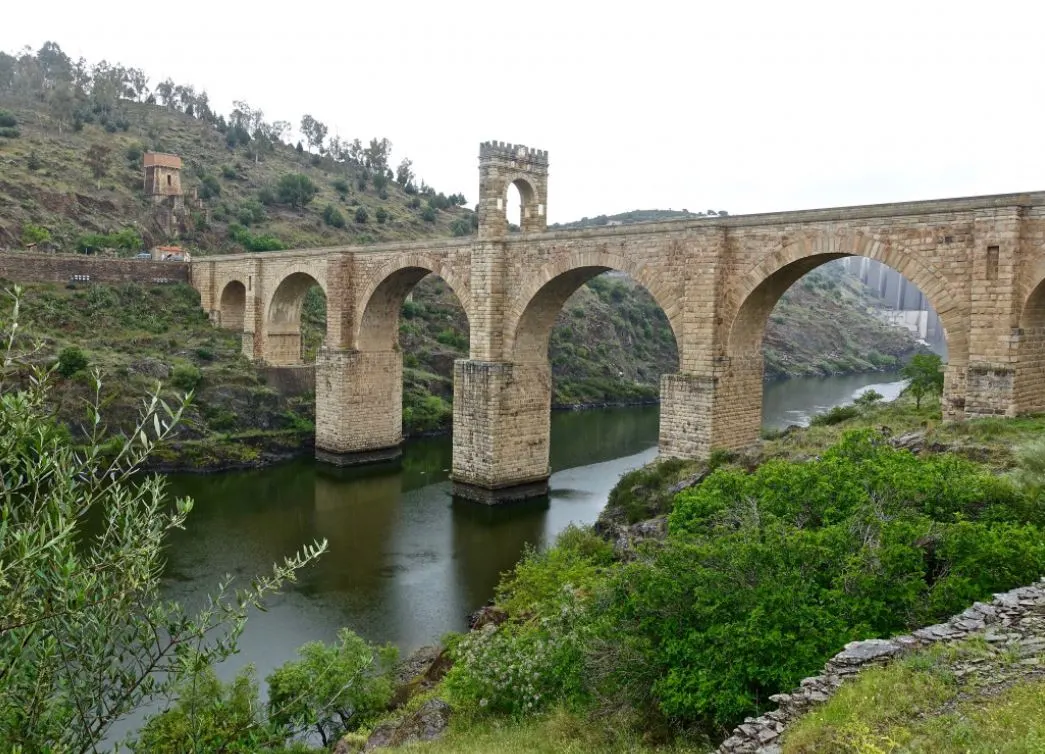
4. The Romans had an interesting setup to sponsor the construction of bridges
Almost 2,000 years ago, the term that was used for bridge works in this part of the world was “Opus Pontis.”
Rome didn’t have much to do with it because the Romans considered this to be a local endeavor. This part of the empire was known as the province of Lusitania.
This encompassed a portion of the western part of Spain and just about all of the central and southern parts of modern-day Portugal.
12 local municipalities chipped in to sponsor the construction of this bridge and their names along with the usual propaganda were mentioned on the main archway of this bridge.
The municipalities of the province of Lusitania contributed to the construction of the bridge. The Emperor Caesar, son of divine Nerva, the German, the Dacian, Trajan, who was made three times Highest Priest, given eight times the Tribune power, and given five times the government; Father of the country

5. How big is the Alcántara Bridge?
The bridge looks fairly impressive when you are near it, but it looks quite astonishing when you look at it from a distance. This ancient structure has the following stats:
- Total length: 181.7 meters (596 feet)
- Width: 8.6 meters (28 feet)
- Height: 45 meters (148 feet)
- Number of spans: 6
- Length longest span: 28.8 meters (94 feet)
- Load limit: 57 tonnes (54 short tonnes)
The bridge was a bit longer in Roman times because it had a total length of 190 meters (620 feet).
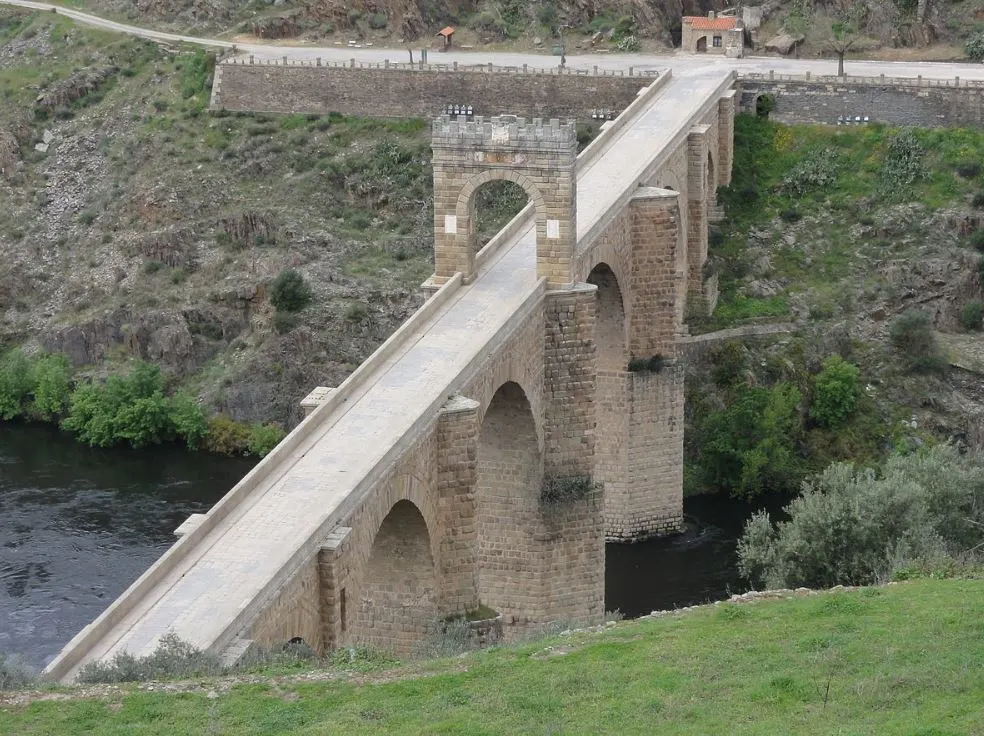
6. It has been destroyed and rebuilt multiple times throughout its history
Unfortunately, very few elements of the bridge are original ones. This is not because of the poor engineering skills that the Romans possessed but because of its strategic importance.
Many wars have happened on the Iberian Peninsula and the Alcántara Bridge was one of the few places where you could easily cross the Tagus River in this region.
That’s why the bridge was partially destroyed and rebuilt on multiple occasions; Here is an overview:
- The Moors destroyed one of the small arches in 1214 and it was only rebuilt in 1543.
- The second arch from the left was destroyed by the Spanish to stop the Portuguese in 1760.
- This arch was rebuilt in 1762 but destroyed once again by Duke Wellington during the Peninsular Wars in 1809.
- Most parts of the structure were destroyed by Carlists in 1836 and it was rebuilt using mortared masonry in 1860.
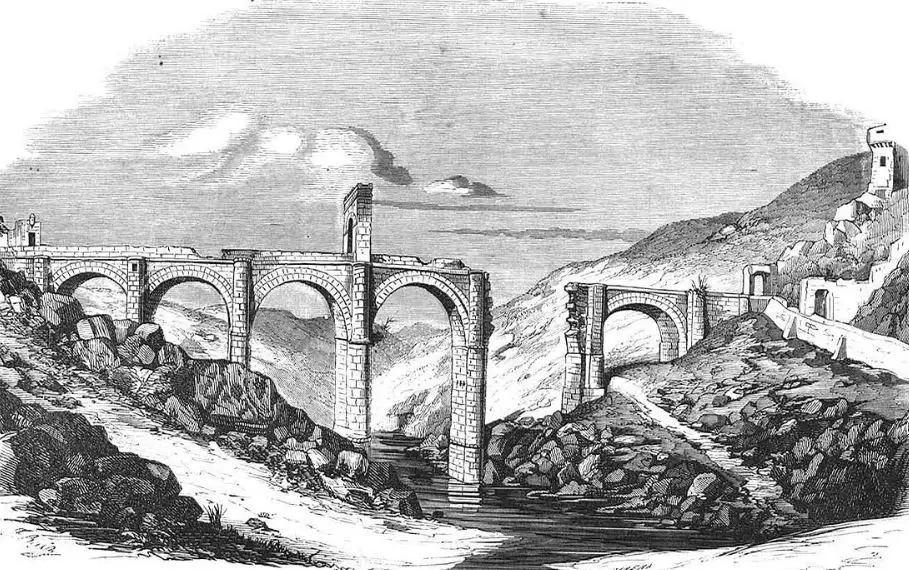
7. The final restoration project of the bridge was completed in 1969
The bridge is impressive because it was constructed in ancient times. It pales, however, in comparison to the nearby Alcántara Dam, a famous dam also known as the José María de Oriol Dam.
This huge buttress dam has a length of 570 meters (1,870 feet), a height of 130 meters (427 feet), and a volume of 956,000 cubic meters (3.37 million cubic feet).
It’s the second-largest reservoir in Europe and it completely drained the riverbed of the Tagus River upon completion in 1969.
Because of this, the main pillars of the bridge underwent a restoration that same year to ensure this ancient structure can still be used today.

8. The engineer of the bridge was buried in a small temple next to it
The 12 municipalities that sponsored the project and Roman Emperor Trajan weren’t the only ones that were mentioned on the bridge. The same applies to the man who designed it.
This engineer was named Caius Julius Lacer and a small temple that features his tomb was constructed just nearby. It features a remarkable inscription that reads:
Permanent bridge will remain
forever in the world
Lacer (engineer) made by the famous art …
